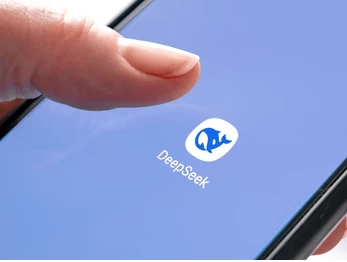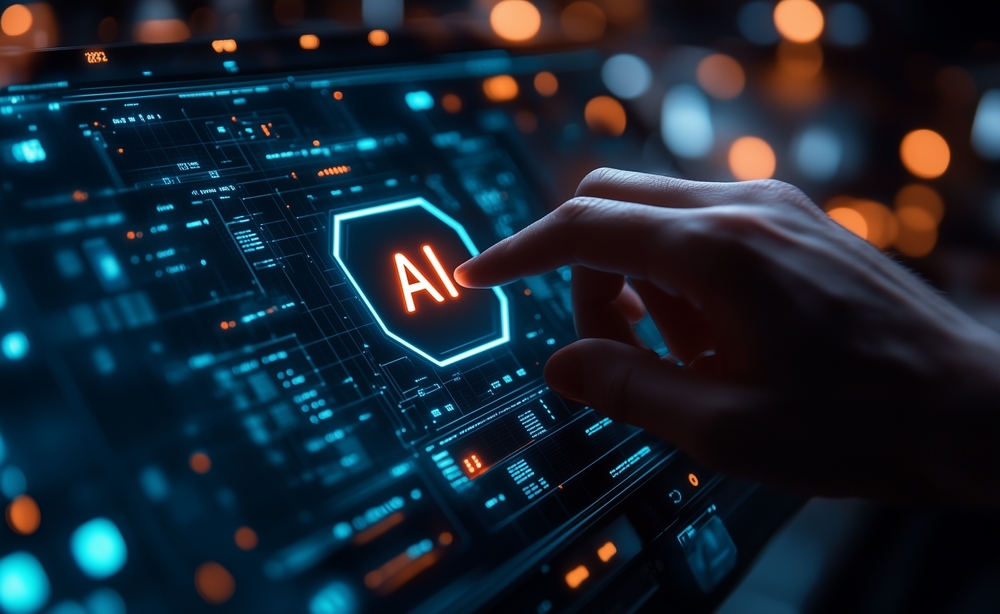A few developments in artificial intelligence have been making headlines as few changes are happening at this time, with the introduction of DeepSeek serving as prime proof of that. DeepSeek was founded in 2023 in Hangzhou, China, by Liang Wenfeng; it has suddenly found itself a major contender in AI, matching its Western conglomerate rivals. Deriving unique results from AI model development, holding a stance away from open-source frameworks, and target emphasis on efficiency has opened the threshold for AI access and forced discussions about AI technology’s eventual path to start.
A New Paradigm in AI Development
One of the most praised models of DeepSeek is its flagship, DeepSeek-R1, now compared to industry-leading OpenAI–attempting to achieve a state close to that of GPT-4. The seminal idea of DeepSeek is doing wonders: almost the same level of achievement has been demonstrated at quarter or one-fifth hardware requirements. Established AI models have generally required much more labor and huge cash inflows to be worth the creation; DeepSeek-R1 consumed just 2000 GPUs for 55 days for the cost of $5.58 million, a much cheaper affair than the enormous sums splashed by its contenders.
The efficiency is reinforced by its good conception of using open-source AI frameworks. Dealing with the open ones helps DeepSeek greatly streamline its development process, taking into account the initiative to build a strategy thereupon around the same temperate spirits. Through this, the AI becomes more advanced while becoming accessible to many others.
Global Impact and Market Disruption
On its launch, the DeepSeek AI Assistant app climbed to the top of the U.S. Apple App Store, leaving ChatGPT-market leaders far behind.
In the sizable increase in popularity, the tech starting to become the next-to-popular choice seemed natural and typical for the new model.
The triumph of the DeepSeek-R1 swooshed its finest hour through financial markets. Heavily beaten down was the share price of major technology companies like Nvidia, with Nvidia shares falling 17–18%. Therefore, the market feedback stands to have reiteratively indicated the power of disruption possessed by DeepSeek innovations; it right away signals a change in the competitive landscape of the AI industry.
Democratizing Artificial Intelligence
Openness is essentially the only way to keep AI software inclusive. Being open to any developer, researcher, or any other interested individual, DeepSeek’s models can provide a wonderful boon to the highly active career of such individuals. Through ensuring that the technology’s building blocks are open, innovation and applications for different purposes will result in the ultimate end of diversity and suitability.
Industry also applauds the idea, calling it the stepping stone towards ensuring that AI is open for all. Reducing barriers of entry facilitates more stakeholders across a huge spectrum to be able to have a modicum of responsibility in making the difference leading to distributive benefits from technology.
Challenges and Controversies
Although successes do not come without criticisms, DeepSeek is an AI model fraught with criticism over its treatment of politically sensitive topics. There are reports suggesting that the official API version of DeepSeek-R1 has annoyingly initiated censorship actions over certain sensitive topics the Chinese government has frowned upon-such as the 1989 Tiananmen Square incident and the issue of Taiwan’s political status. AI can afford to answer such questions on the surface before replacing the answer with notice that the reference leads beyond its expertise.
These actions require us to consider and debate the ethical outcomes of AI and the trade-off between technological progress on one hand and freedom of information on the other. Critics state that laws might constrain the performance of AI, and these arguments can be extended to claim that federal regulation can greatly impede the democratization of knowledge.
Security and Privacy Considerations
In relation to the DeepSeek algorithm’s most controversial aspects—censorship—the data collection operations of the DeepSeek model have come under some scrutiny. According to the official privacy policy, user data is purportedly stored on servers located in China. It is naturally assumed that all kinds of data could be retained: text and audio input, prompts, uploaded files, feedback, chat history, and any other stuff given to the model.
These data-gathering actions have set off alarm bells from concerned privacy defenders and regulatory bodies. The Italian data protection authority has demanded more information on DeepSeek’s data-collection activities, and the U.S. National Security Council has begun a national security review aiming to assess and understand potential risks associated with the app.
Reactions from the Tech Community
Reactions to the rise of DeepSeek within the tech industry have been quite diverse. Indeed, prominent industry figures such as Microsoft’s Chief Executive Officer Satya Nadella and OpenAI’s CEO Sam Altman have praised the work of DeepSeek for having benefited from open-source model performance improvements. They further suggest that such advancements will spur further innovation and collaboration in the industry.
In contrast, some experts are wary about DeepSeek’s long-term sustainability. Concerns are over the open-source nature of what keeps the model alive and the resource-efficient approach is seen as a potential bottleneck. Likewise, issues related to some geopolitics and various regulatory mitigations might extend pressure on the sustainability of DeepSeek to be the edge over any competitors in any future global economy.
Implications for the Future of AI
DeepSeek’s swift trajectory and the conversations that ensued have brought about the paramount moment in AI. The company’s final success overthrows all current hypotheses on requirements needed to achieve advanced AI and underlines possible alternative directions very much in need-driven by openness and efficiency.
DeepSeek’s model presents a global sustainable and transparent program for AI development. For Europe, this could translate into a materialistic goal: an AI innovation in line with any of the values concerned with sustainability and inclusiveness by using resource optimization and the spirit of open collaboration.
Conclusion
Artificial Intelligence’s narrative takes a new turn of events with the emergence of DeepSeek. With its disruptive and innovative methodologies, DeepSeek has made great attempts to abide by the principles of open source technology and efficiency, broadening the horizon of what is actually achievable and feasible in AI development.





